Recessed linear LED lights blend into the environment they serve
Recessed linear LED lighting lets architecture consistently take precedence. The integration of lighting and architecture is the hallmark of contemporary lighting design in commercial and institutional settings. The visual needs of commercial building occupants are complex. Lighting is a critical design element in sophisticated architectural projects. It may enhance or degrade both the visual performance and environmental perception of people that use the space. Beyond creating an environment that allows space users to perform tasks comfortably, effectively and safely, lighting must help compose comfortable and positive overall atmospheres and contribute to their health and wellbeing.
Office lighting must satisfy a variety of human needs
From emotions, functions, perception and health to economics and the environment, commercial buildings such as office buildings, educational facilities, libraries, hospitals, and shopping centers impose diversified requirements on lighting. Recessed linear lighting offers a holistic solution to addressing the challenges faced by commercial lighting. Recessed installation creates a clean integrated look that supports the architect’s intent for a cohesive environment. The ability to integrate and balance ambient, task, and accent lighting into a space with linear lighting makes it easy to create flexible spaces that adapt to specific applications and user preferences. Recessed lighting in a linear layout can satisfy varied lighting requirements of different types of spaces that coexist under one roof. An office building, for example, consists of a variety of functional spaces including open-plan office spaces, private offices, conference and meeting rooms, videoconference rooms, drafting and graphic production rooms, file rooms, reception areas, restrooms, and corridors. Recessed linear lighting can fulfill the lighting needs in all of these spaces while pulling a cohesive look for the entire building.
Fluorescent lighting is a disaster
Prior to the dawn of LED technology, recessed linear lighting had counted on fluorescent light fixtures. The most noteworthy advantage of fluorescent lighting is its perfectly diffused light which enables uniform distribution of light. However, fluorescent lighting is the culprit of deteriorated light quality. Fluorescent technology sacrifices the color quality of light to achieve a decent luminous efficacy. The spectral power distribution (SPD) of fluorescent lamps is over-saturated with blue and green light and lacks long wavelength radiations. Unbalanced distribution of radiant power in different parts of the spectrum not only causes fluorescent lamps to cast light that renders color unnaturally, but also puts human beings at the risk of circadian disruption and subsequent health effects due to the presence of the excessively high amount of blue light in the spectrum. Fluorescent lamps also bring flicker to artificial lighting owing to the prevalent use of low-performing ballasts. Pulsed light can result in complaints of headache and eye strain, which compounds the deterioration in the quality of light.
LED lighting brings a whole new world of possibilities
LED lighting brings new life to recessed linear lighting not merely because it’s more efficient and last longer than other technologies. Its flexibility in fixture design and optical control allows for seamless integration of lighting and architecture. Recessed linear LED lighting can be deployed as a continuous line system with seamless trunking or implemented through individual luminaire installations. The compact size and directionality of LEDs permit efficient extraction and delivery of light in a variety of light distribution patterns. Unlike fluorescent lights that have limited switching cycles and are subject to premature failures when the lamp is frequently switched on and off, recessed LED lighting systems can take advantage of the excellent controllability of LEDs to unlock the energy savings potential of lighting controls. Integrating sensing, intelligence and networking with lighting unleashes the power of smart lighting. The ability to engineer the spectral output of LED products, both statically and dynamically, is a tremendous evolution in lighting. Intelligent mixing of multi-channel LEDs enables continuously variable adjustment of correlated color temperature (CCT) from warm white all the way to cool white. Tunable white lighting that allows independent control of color temperature and intensity of light is a key technology to human centric lighting (HCL). HCL provides a holistic design of the visual, biological and emotional effects of light to support well-being, performance and health of humans.
Construction
A recessed linear LED light fixture has a housing typically fabricated from extruded aluminum or cold-rolled steel. The aluminum extrusion comes with an integrated ceiling/wall trim while the steel housing is usually fitted with an additional extruded aluminum trim. Trims are available in versions for mounting in sheetrock, drywall (gypsum plaster), slot grid, tegular grid, lay-in grid, or inverted tee ceilings. The metal housing provides rigid construction while facilitating heat dissipation for the light engine. Linear lighting systems, including their housings, LED modules and optics are supplied in nominal lengths. Some products are available in specific lengths that can be cut to size on site. Recessed fixtures designed for continuous run applications come complete with preassembled connectors for electrical and mechanical quick connection. The node connectors in various forms (e.g. I, L, T and X) provides flexibility for creating continuous-row LED lighting systems in a plethora of architectural and geometric designs.\
Light source
Light sources incorporated in recessed linear LED fixtures are either rigid LED modules or flexible LED strip lights which are fabricated from metal-core printed circuit boards (MCPCBs) and flexible printed circuit boards (FPCBs) respectively. The SMD LEDs that are solder mounted on the circuit boards are most often plastic LED packages, although high end products may use ceramic LED packages that have a low thermal resistance and excellent color stability. Color consistency is a critical detail in linear lighting applications because color variations from LED to LED are most noticeable in linear LED arrays. LEDs for linear lighting applications are binned to within a 3-step MacAdam ellipse for a color consistency that ensure LED-to-LED, board-to-board and fixture-to-fixture uniformity. The degree of accurate color rendering required varies depending on the application. While a color rendering index (CRI) with Ra value in the mid-80s is considered acceptable for ambient lighting applications, a minimum CRI Ra of 90 and R9 of 25 are considered necessary for task and accent lighting applications. Commercial lighting typically uses light sources exhibiting a CCT in the range of 3500 K to 5000 K. Tunable white lighting systems are equipped with LEDs of multiple CCTs to provide a continuously adjustable range of color temperatures.
Optical design
A wide range of secondary optics from sharp to wide distribution as well as asymmetric are available to control the light distribution of recessed LED lighting systems. For general and task lighting applications, the optical system of a light fixture should deliver light with a high uniformity of illuminance distribution while avoiding excessive luminance from the luminaire. The high directional intensity of LEDs poses a great challenge to glare control and uniform distribution of light. Recessed linear LED lights achieve the desired light distributions with devices such as diffusers, lenses, reflectors and louvers. A diffuser made of PMMA or polycarbonate spreads luminous flux from the light source evenly to all directions through scattered penetration (opal) or mixed penetration (gaussian or prismatic). Diffusers are most common of all optics designed for linear lighting systems. However, diffusion of LED hot spots involves a large amount of scattering loss and the luminaire luminance at all viewing angles are also of the save level. Louvers are widely installed on linear LED systems as a way to control glare, especially when the application requires a low unified glare rating (e.g. UGR ≤ 19). Generally injection-molded from polymers, lenses are gaining an increasing favor for its ability to create precise beam pattern with minimal optical loss.
LED operation
Recessed linear LED lighting systems are powered either by a constant current driver or a constant voltage power supply. The constant voltage source is used when the light sources used in linear lighting systems are LED strip lights. In the typical configuration of LED strip lights, the power to each LED package is regulated by a dedicated integrated circuit (IC). Active current regulation ensures consistent levels of light output all along the tape length. Constant current LED drivers are a preferred choice for its ability to balance various performance metrics and operating characteristics such as circuit efficiency, dimming performance, power factor correction, ripple value, electrical overstress (EOS) protection, and integration with sensors and controls. Special attention should be paid to the driver’s ability to smooth out large output current ripples delivered to the LED load. This is because large ripples cause LEDs to flicker. An LED driver may be designed to support phase cut, 0-10V, DALI, or PWM dimming control depending on the application. Intelligent LED drivers may communicate with its environment and IoT-enabled devices to perform high-level light control and interact with building automation systems or smart devices such as smartphones and tablets.

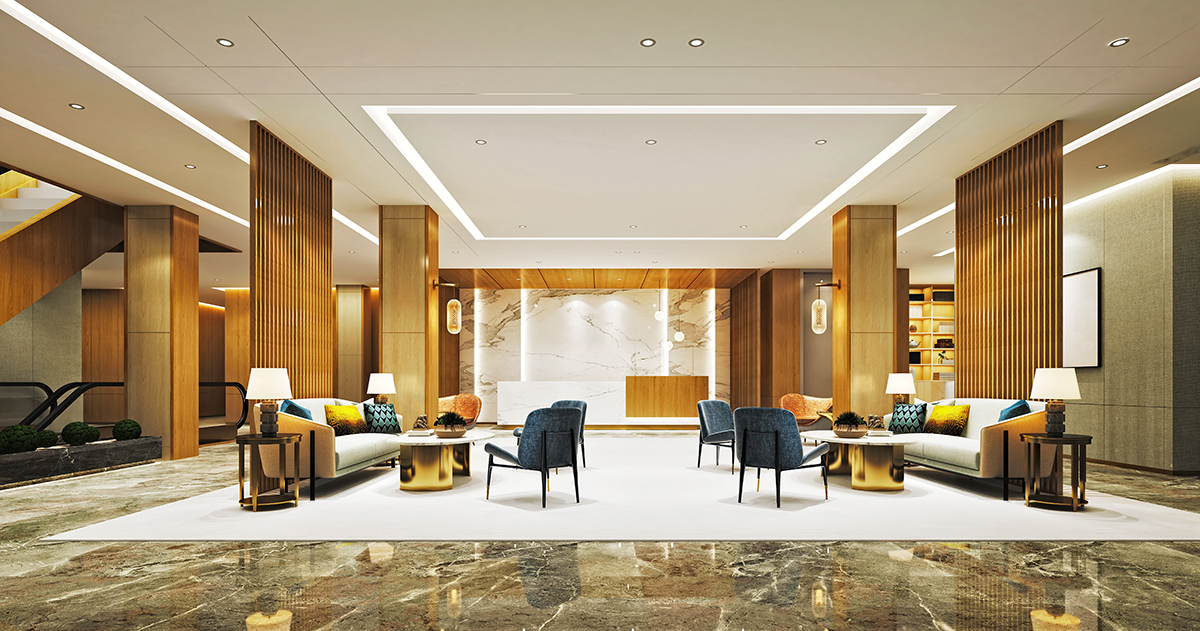
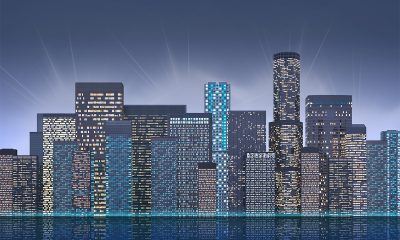
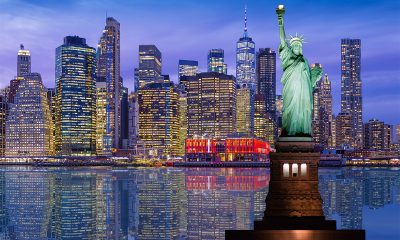
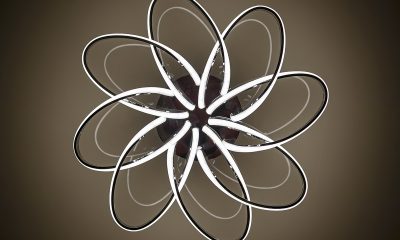
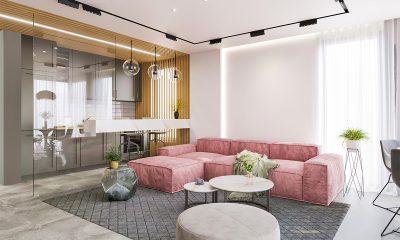
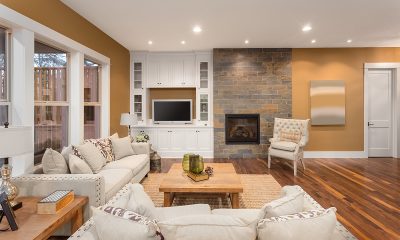
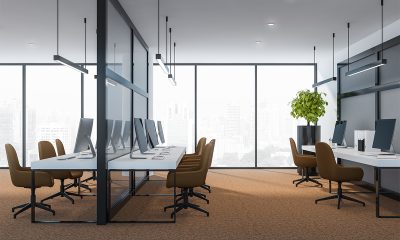
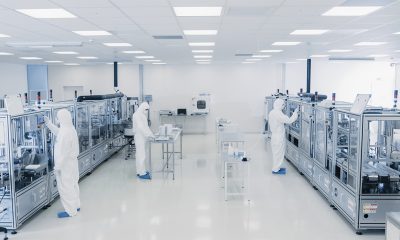
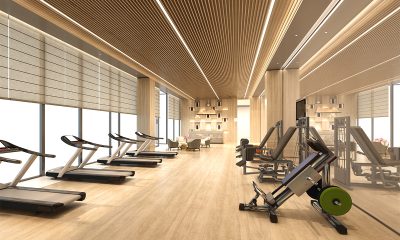
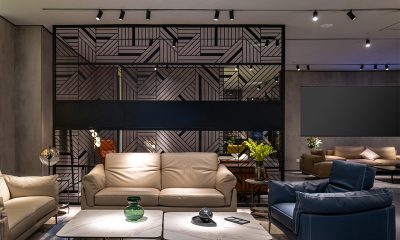
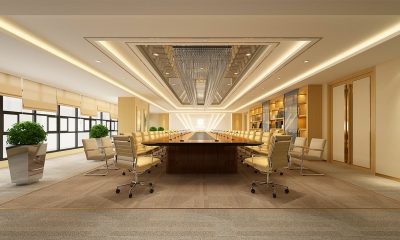
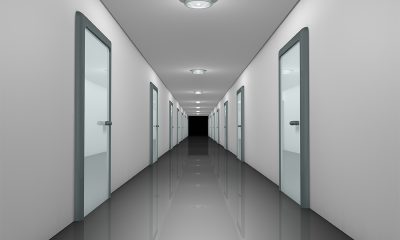
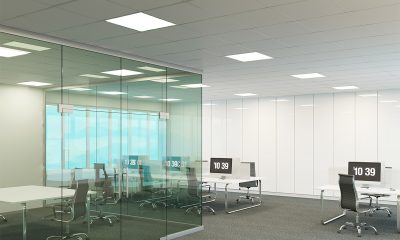





Loading...